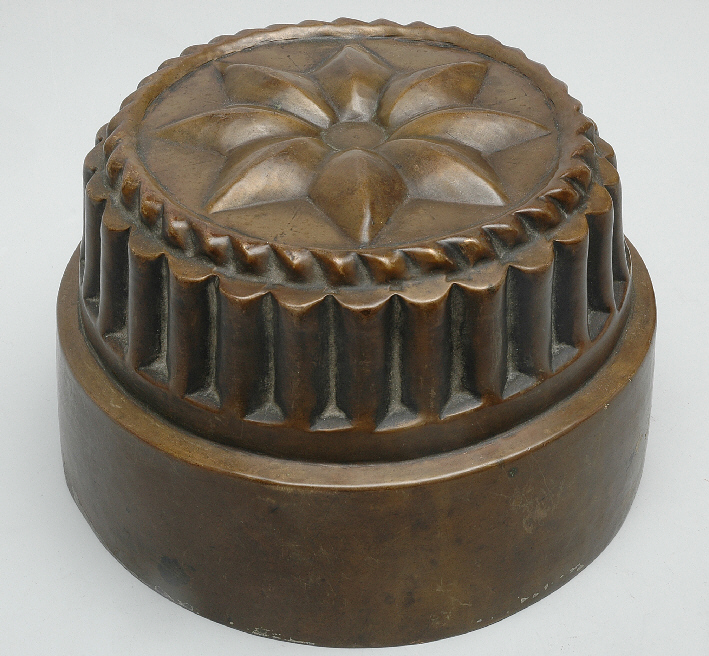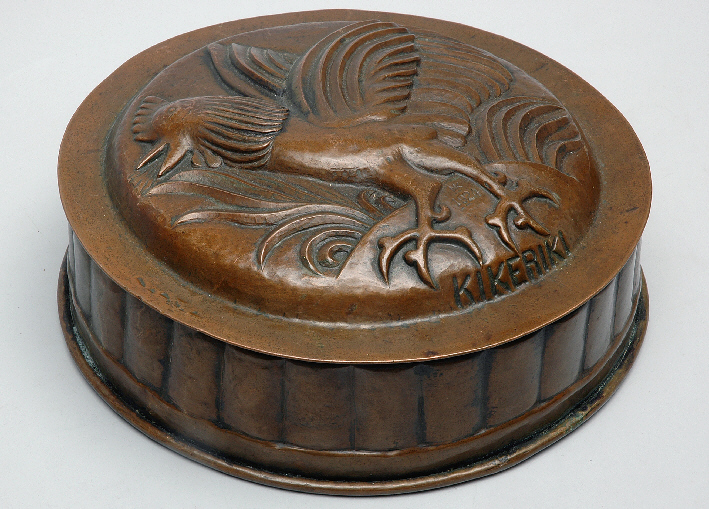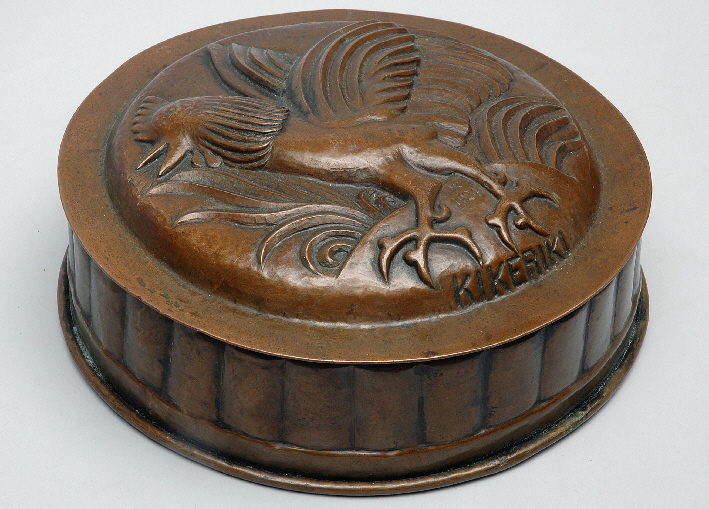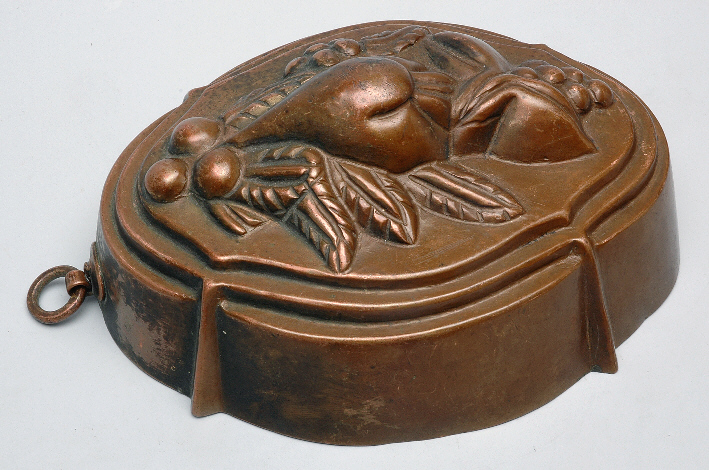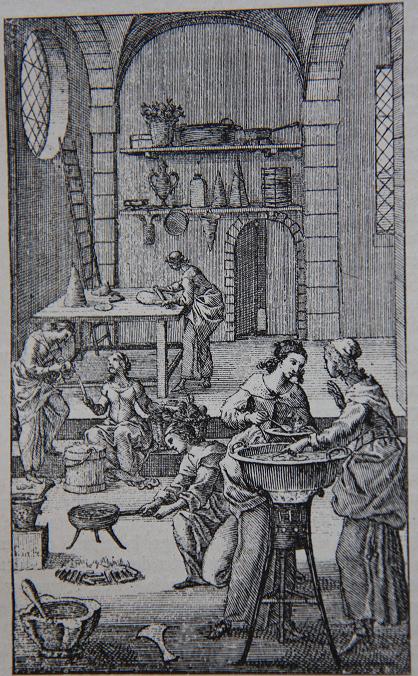In the old Polish cookbooks, groats are very popular as one of the basic ingredients of the daily menu. Looking at the names of the recipes included in those books, we often come across, for example "Egg groats," "Chicken groats" or " Crayfish groats." In this company, "Apple groats with almonds" or the familiar "Almond groats" sound less surprising. However, one should not be surprised by the variety and even refinement of the recipes, as such dishes were "the daily bread," or rather "the daily groats" of our ancestors. This is probably the reason why, alongside the casual everyday recipes, there existed luxurious and fancy versions of dishes with groats.
On the other hand, when we not only skim the tables of contents of old cookbooks but also read the recipes in detail, it turns out that groats, so often and boisterously invoked in the names of dishes, somehow disappear from the pages of those books. Let us then look for the delicacy that the old cooks promised to prepare for us in many different ways in the texts of their recipes. Reading the recipe for "Egg groats," we find out that to make the dish, we need cream, eggs, butter and sugar. Another necessary ingredient was rose vodka, but the author actually forgot to mention groats.
The ingredients for "Chicken groats" are, apart from the chicken: sugar, butter, breadcrumbs and of course rose vodka. It comes as no surprise that "Almond groats" consist of almonds, bread soaked in milk, butter, eggs, sugar and none other than rose water. So where are groats?
Well, apart from a few dishes that actually included groats, in the case of most recipes, we deal with false, hidden or even non-existent groats.
So what was the purpose of making groats without groats? If we study carefully the above (and many other) recipes whose names include the word "groats," we will come to the conclusion that they usually share two features. First of all, many, though not all of them include rose vodka. It served as flavouring and was added to all sorts of dishes. The second, though less obvious feature, as the text of the recipes did not show it directly, was the appearance of the resulting dishes. All of them looked like groats. Chopped and ground meat, eggs, almonds or bread with various condiments and the indispensable rose vodka (although in the recipe for "Wine groats," it is replaced with wine) were formed into thick pastry and boiled or baked. By the way, the poetics of false groats dishes is an evident copy of the luxurious versions of dishes with groats. A feaster who was served for example "Bread groats," "Brain groats," "Kidney groats" or the innocent sounding "Delicious groats" was not sure what exactly was there on his plate. To find that out, he had to start eating and - most importantly - activate his full memory of flavours, and determine whether the groats were made of crayfish, bread or kidneys. However, the true taste and composition of a dish was not the most important. What really mattered in Baroque aesthetics was the sweet (literally) moments of uncertainty, the illusion that attacked not only the eyes but also the sense of taste: the Baroque concept that was the core of many of the 17th century recipes.
Translation: Lingua Lab
